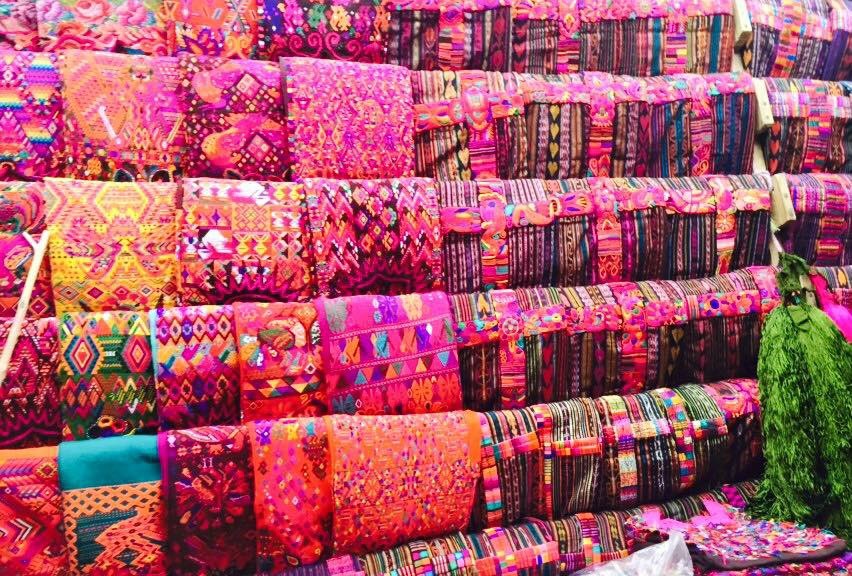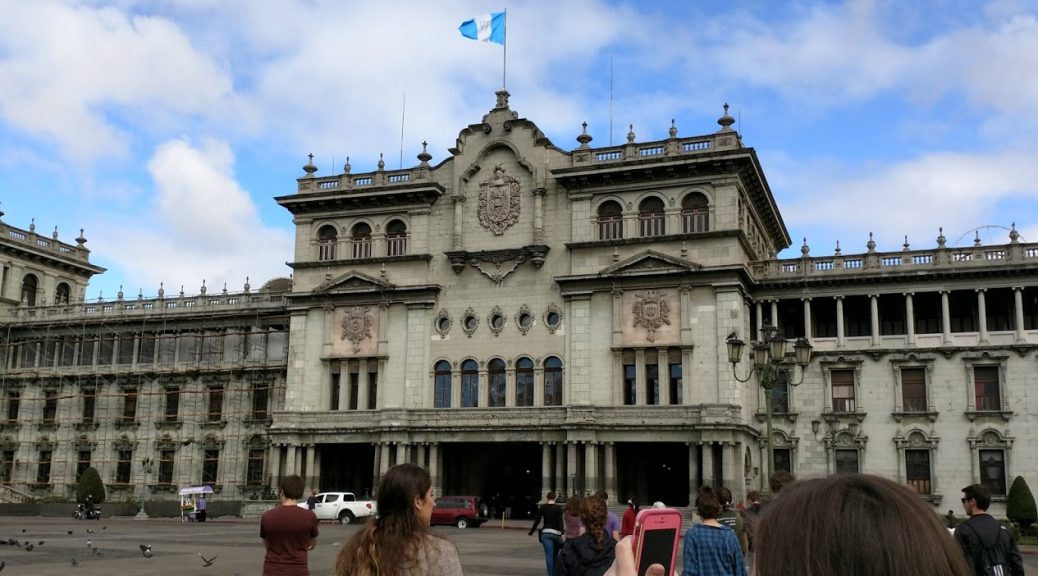Guatemala: Threads of Connection
9 February 2024
As part of our intercultural experience, we are taking Spanish classes for about four hours every morning through CASAS, or Central America Study and Service cultural immersion program. We are in small groups and paired up with a teacher. So far, we have learned through cooking, singing Guatemalan songs, acting out skits, reading … Continue Reading ››




